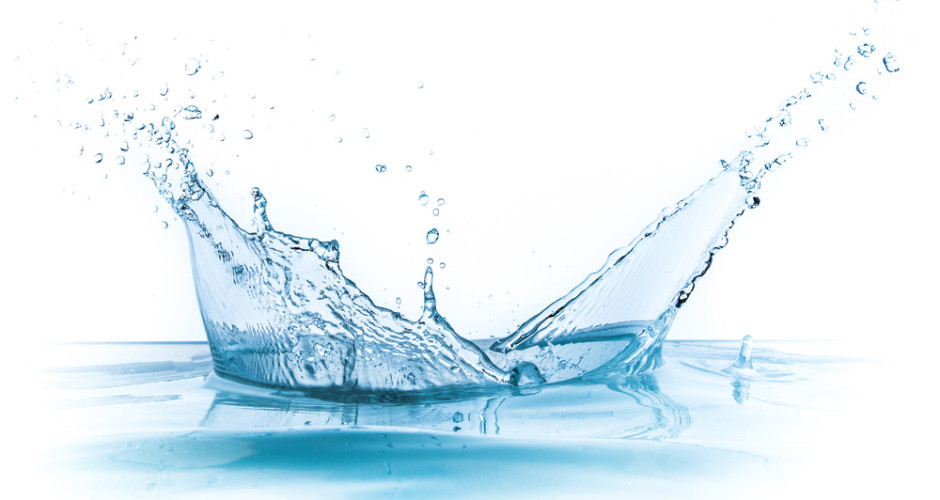Distilled Water: The distillation process involves boiling the water and then condensing the steam into a sterilized container. Longterm consumption of distilled or demineralized water containing low TDS levels is not recommended and can be linked to increased diuresis, body water volume, serum sodium concentrations, decreased serum potassium concentration, and increased elimination of sodium, potassium, chloride, calcium and magnesium ions from the body. This means that drinking distilled water can put one’s health in jeopardy as it can cause a mineral imbalance in the body.
When demineralized water is consumed, our intestines have to add electrolytes to this water first, pulling them from body reserves. This leads to the dilution of electrolytes and insufficient body water redistribution which may compromise the function of vital organs.
Tap Water – Everyone living in a urban or suburban area usually has access to a public water system. This is very affordable and usually regulated to be safe for everyone. However, there can be several issues with tap water: chlorine is a cleaning substance that kill microorganisms present in water sources, but it leaves a very intense smell, taste and aftertaste in the water. Also, clhlorine has been linked to a variety of cancers.
Lead is also a chemical present in some places in tap water, not from the source of at the treatment plant, but in the pipes that bring water to your home. If you have an older house or if you live in an older neighborhood, you should have your water tested for lead or other contaminants, like nitrates – chemical substances that are not removed through chlorination or filtration.
Filtered Water – Usually the source of this type of water is public system tap water and ran through carbon filter to remove the chlorine and maybe through a micron filter before bottling: tap water without the chlorine. However, chemical contaminants are not removed through this type of filter.
Purified Water: Probably the fastest growing segment of the bottled water industry, it is derived from a municipal source and has been filtered through reverse osmosis with a minimum amount of artificially and man made added minerals. Reverse osmosis is a very aggressive procedure that strips water from all of its natural components and then it is reconstructed industrially. This is a ”dead” water.
Recent studies also suggest that the intake of purified water without Calcium may be associated with higher risk of fracture of the bones in children, certain neurodegenerative diseases, pre-term birth and low weight at birth and some types of cancer.
In addition to an increased risk of sudden death, the intake of water low in magnesium seems to be associated with a higher risk of motor neuronal disease, pregnancy disorders (so-called preeclampsia), and some cancers.
Spring Water: The most honest form of water sourced from natural springs. The EPA defines it as water that comes from an underground aquifer that flows naturally to the Earth’s surface. Natural spring waters may be distinguished from ordinary drinking water by their purity at source and their constant level of minerals. Spring waters are intended for human consumption in their natural state and are bottled at source.
Magnesium, calcium, sodium and potassium are the main minerals found in spring waters. All minerals are present in the water when it emerges at the source and they remain there after bottling, because humans do not touch or process the water. It is most important that these components to be natural and non-toxic, provided by a safe and protected source, pure by nature and not man-made.
If you are worried about chemicals, growth hormones, fertilizers present in tap water, bottled natural spring water from an actual protected source (with a large area around the source), spring water is your best choice. It’s from an underground source and may not be treated and purified industrially, but naturally filtred through geological processes that can take up to 40 years.
Mineral Water: Comes from natural springs and has to have a mineral content, also known as TDS (total dissolved solids), of at least 250ppm. Mineral water can also be naturally sparkling, that occurs in select mineral water springs with natural emissions of carbon dioxide and a significant content of mineral salts such as Calcium Carbonate (CaCO3) and Magnesium Carbonate (MgCO3), from the geological structures surrounding the source. In volcanic aquifers where mofetic CO2 is present,
the CO2 combines with the water, creating a natural sparkling mineral water.
Conversely, artificially carbonated soda waters contain no natural electrolytes (HCO3). The artificial addition of CO2 can create a harsh environment throughout the digestive system by generating Carbonic Acid in the stomach.







So, which type of water is the best to drink?
first of all thank you very much it gave an clear idea for my project work. thanksss
Very interesting! Had no idea that spring water was the best choice. Being using distilled water all this time.
dont drink distilled water, very bad idea.